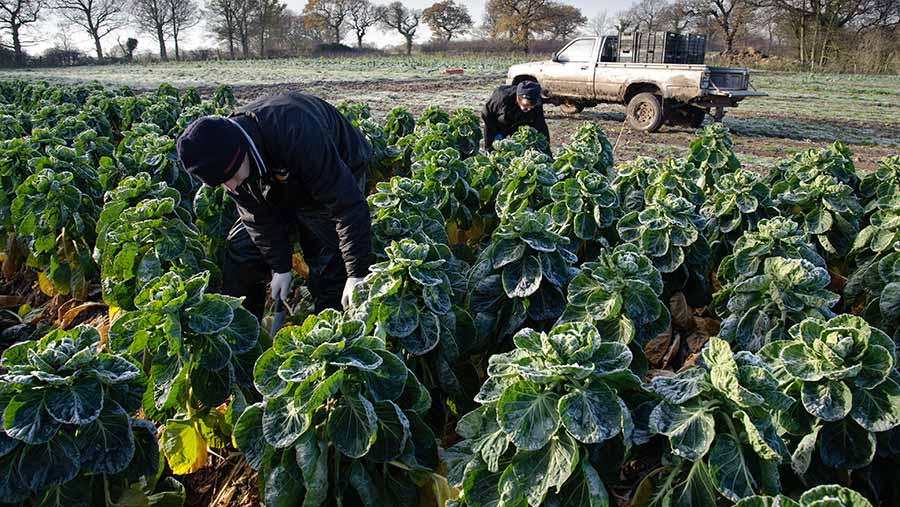‘Horticulture revolution’ needed for food self sufficiency
 © FLPA/REX/Shutterstock
© FLPA/REX/Shutterstock A “horticulture revolution” is needed to help redress the UK’s low food security, with latest figures showing that the UK is stagnating in terms of its self-sufficiency level at just 64%.
On that basis, today (Friday, 21 August), represents the day on which the country would have run out of food if it had relied entirely on domestic supplies.
See also: Covid-19 crisis puts food security back under spotlight
According to the NFU, the UK is falling way behind its potential when it comes to fruit and veg, with the nation only 18% and 55% self-sufficient respectively. For potatoes, the figure stands at 71% – a drop of 16% in the past 20 years.
“Our self-sufficiency in vegetables and potatoes is falling. We can and should drive a horticulture revolution,” said Mrs Batters.
“At a time when we should all be eating more fruit and veg, we should be looking to our farmers to deliver more quality, affordable and home-grown fresh produce to our shelves.”
Investment
To achieve this will need more government spending on agriculture and, in particular, in water infrastructure, to better manage increasingly volatile weather.
“It is crucial there is investment in agriculture as part of our ‘green’ recovery in order to increase our food security, level up rural economic growth and drive job opportunities.”
Mrs Batters acknowledged that food imports would always be necessary.
But, even as a trading nation, shocks such as this year’s Covid-19 crisis had exposed the risks of being too dependent on other countries to supply much of our food.
“We cannot let our food security slip further,” she said.
“The government has a crucial role to play in this. Food security should be placed at the heart of wider government policies and there needs to be an annual reporting system to ensure we do not allow our domestic food production to diminish.”
The UK’s self-sufficiency through the years
• 1960 – 52%
• 1970 – 57%
• 1980 – 72%
• 1984 – 78%
• 1990 – 74%
• 2000 – 67%
• 2010 – 62%
• 2017 – 64%
• 2018 – 62%
• 2019 – 64%
